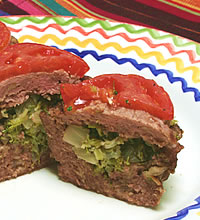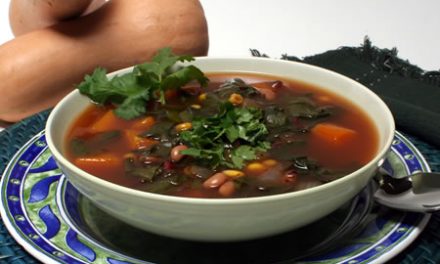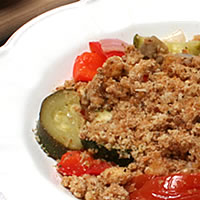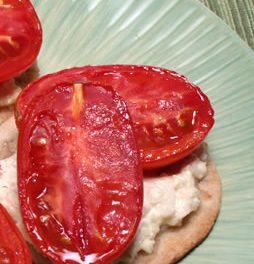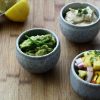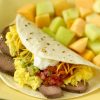Food history is full of surprises. The history of an American staple, for example - meatloaf - offers more than a trip down culinary lane. It provides a glimpse into how advances in technology have shaped the way we eat and prepare food today.
I was intrigued to discover that my grandmother�s hand-cranked grinder, the kind that attaches to the edge of a table, was key to meatloaf becoming an everyday dish. Cooks relied on it, particularly in the early half of the 20th century, until butcher shops installed refrigeration units that were able to reliably store more perishable chopped meat. In fact, when my mother bought chopped meat at the butcher � well into the 1960s � she made him grind it in front of her so she was sure that he used a clean machine and that he gave her the lean ground round she asked for.
Early meatloaf recipes called for veal, which was less expensive than beef at the time. The meat in one widely published version was first cooked then chopped, blended with other ingredients, molded, then cooked again into a loaf.
Recipes indicate that meatloaf as we know it today � blended with bread or cracker crumbs, egg and seasonings, then baked in a rectangular pan � gradually became popular between 1900 and the 1920s. Among the most popular early recipes were several created by the Quaker Oats Company using their product as binder in place of breadcrumbs.
Binder is an essential meatloaf ingredient because it creates an even, smooth texture. In addition to whole-wheat breadcrumbs, oats or even cooked rice, it can include a generous amount of finely shredded or chopped cooked vegetables like spinach, carrots or the broccoli used in this recipe. Nutritionally smart, the vegetables help keep a meatloaf nicely moist.
Also note that stuffing the meatloaf with veggies and preparing individual portions, helps to regulate the serving size. Experts recommend limiting red meat consumption to just 18 ounces per week. These pint-sized, yet hearty cups provide less than 3 ounces each.
Broccoli Stuffed Meatloaf
Makes 6 servings
Ingredients
- Canola oil cooking spray
- 1 Tbsp. olive oil
- 1 cup finely chopped onion
- 1 large garlic clove, finely chopped
- 1 lb. lean (93 %) ground beef
- 1/2 cup whole-wheat breadcrumbs
- 1 egg white
- Salt and freshly ground black pepper, to taste
- 1 cup steamed broccoli florets
- 1 1/2 tsp. dried oregano
- 1 Tbsp. grated Parmesan cheese
- 1 large plum tomato, cut into 6 slices
- Preheat the oven to 350 degrees F. Coat a muffin tin with six 2 1/2-inch cavities with cooking spray and set aside.
- In a medium skillet heat oil over medium-high heat. Saut� onions and garlic until the onions are soft, 5 minutes. Place one-third of the mixture in a mixing bowl and the rest in another one.
- To the bowl with one-third of the onions, add meat, breadcrumbs, egg white, salt and pepper. Using a fork, mix until well combined. Divide the meat into 6 portions. From one portion, pinch off about 1 1/2 tablespoons of meat, shape it into a 2-inch x 1/2-inch patty, and set aside. Place the rest of the portion into one of the muffin tin cups. Using your fingers, press the meat firmly to line the cup like a piecrust, pushing until it reaches 1/4-inch above the cup rim. Repeat with the remaining portions of meat.
- Finely chop broccoli and add it to the bowl with the remaining onions. Mix in oregano and cheese. Season to taste with salt and pepper. Using one-third cup for each, pack the broccoli firmly into the meat-lined muffin cups. Top each with a meat patty and seal around the edges by pinching firmly. Set a tomato slice on top of each mini-meatloaf. Cover the pan with foil, tucking it firmly under the rim to seal it well.
- Bake for 25 minutes. Remove the foil and bake the meatloaves, uncovered, for 15 minutes longer. Let them sit in the pan for 5 minutes. Unmold and serve, accompanied by your favorite tomato sauce, if desired.
Directions
Nutritional Information Per Serving:
170 calories
6 g total fat
2 g saturated fat
10 g carbohydrates
18 g protein
1 g dietary fiber
250 mg sodium

